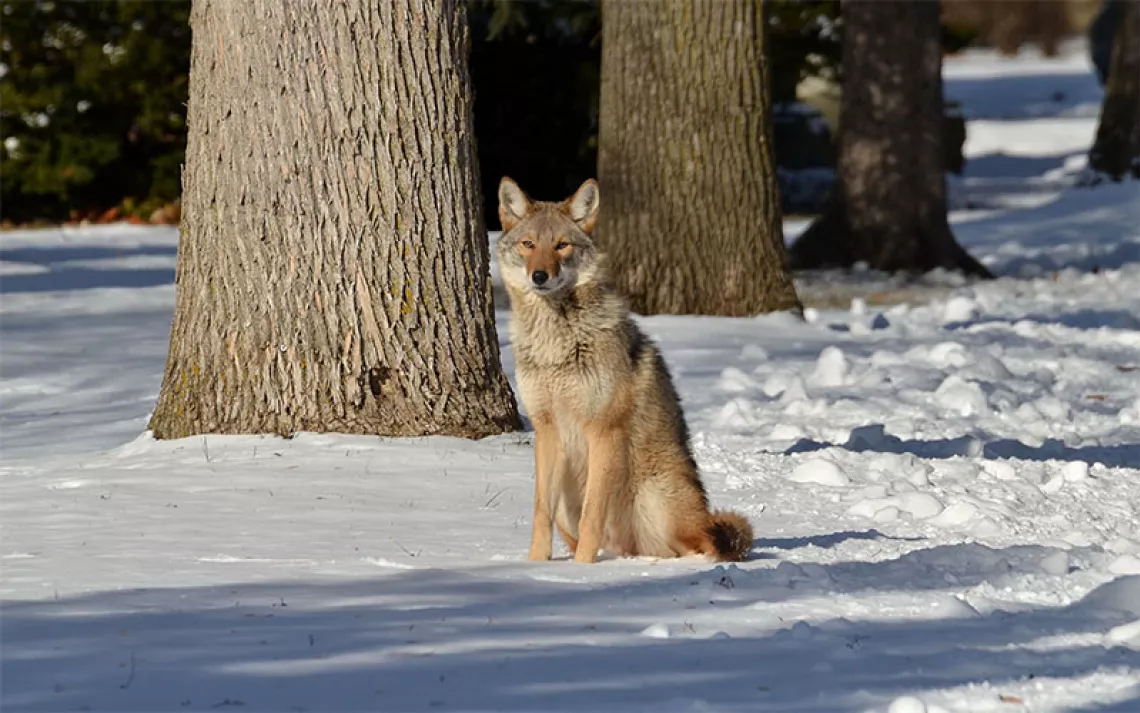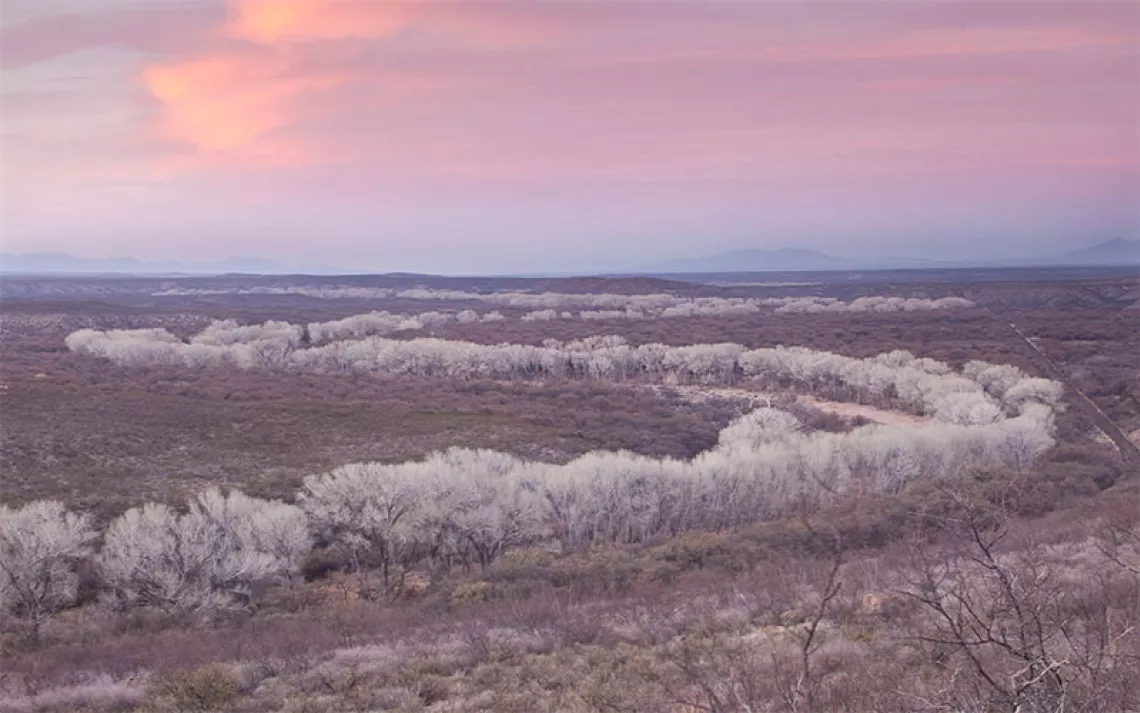Pot Farms Are Poisoning Fishers
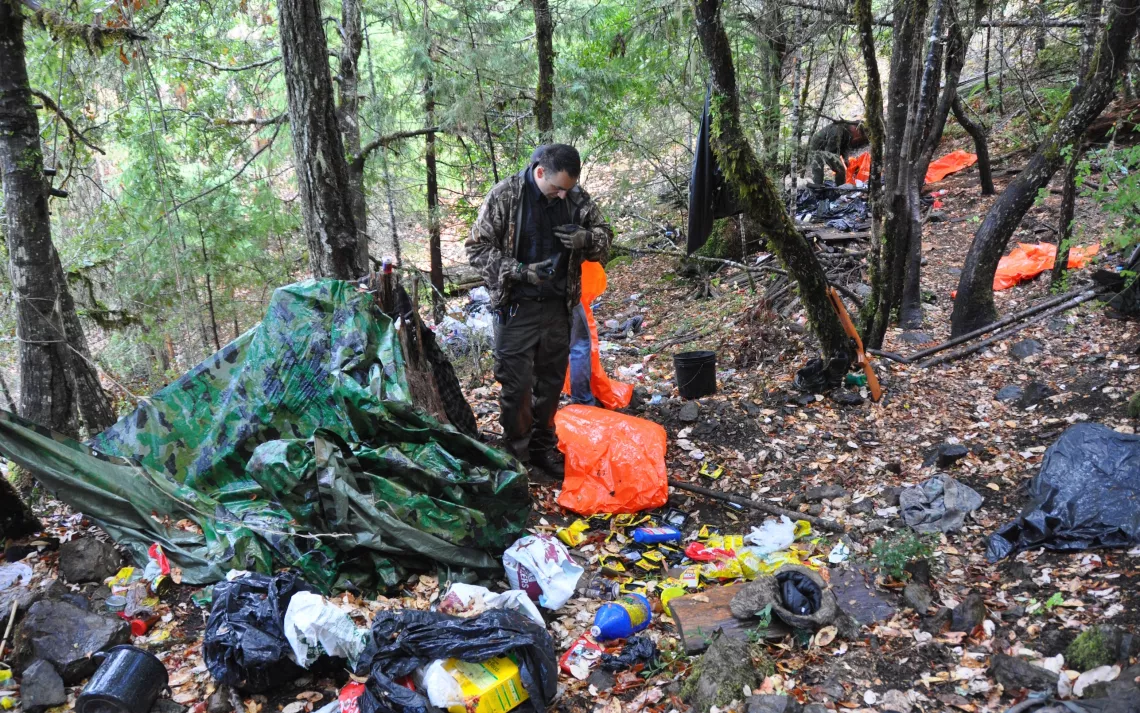
Dr. Mourad Gabriel at an illegal grow site in Northern CA. | Photo courtesy of Mark Higley/Hoopa Valley Tribal Forestry
Hiking through the wild river canyon of the Trinity’s South Fork late last month, conservation ecologist Dr. Mourad Gabriel, alongside a group of law enforcement officials, visited remote sites once occupied by rows of marijuana plants–not the kind of work you’d expect a field researcher to be doing, but it’s a top priority for Gabriel, the executive director of the Integral Ecology Research Center (IERC).
Gabriel and his colleagues have been monitoring the health and distribution of fishers–small, forest-dwelling carnivores related to pine martens in Northern California since 2007. Their newly released study details a surprising new threat to the animals: rodenticides and other pesticides used at illegal marijuana grow sites on public and tribal lands. Chosen for their remoteness and healthy tree cover, these areas are often important ecological refuges. To prevent wildlife from damaging their crops, operators add rat poison to baited food or slather the ground with peanut butter and meat flavored varieties. When ingested, the poisons interfere with blood-clotting, causing the animals to die from uncontrolled internal bleeding.
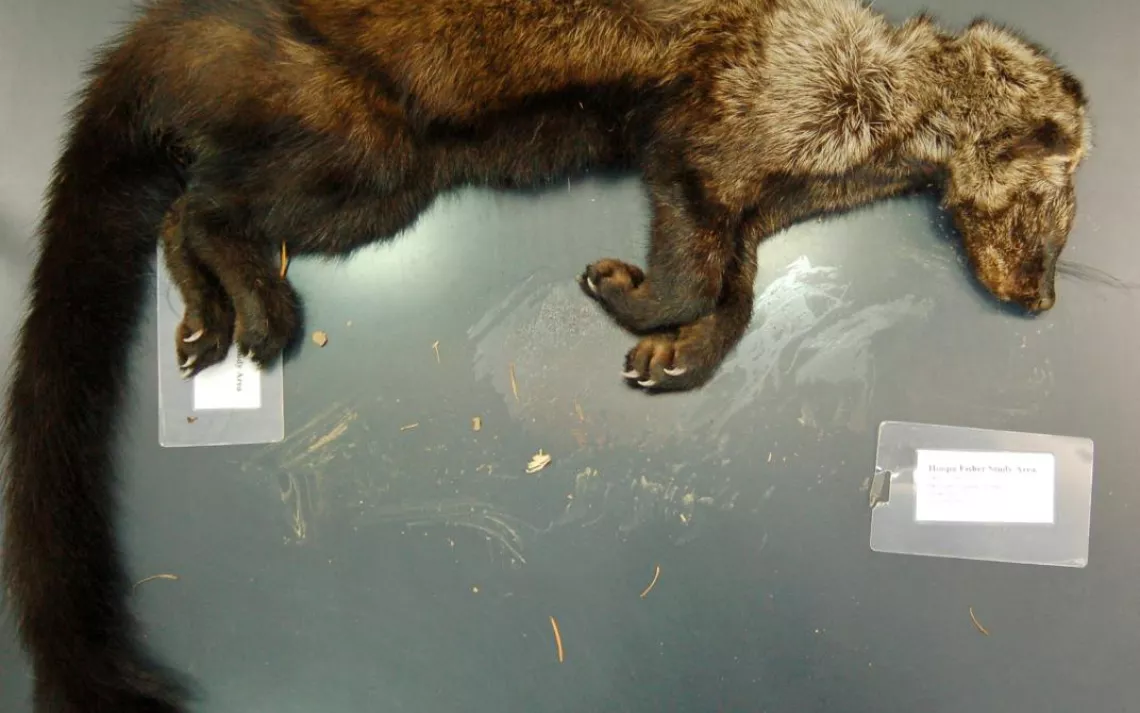
Remains of fisher killed by anticoagulant rodenticide. | Photo Courtesy of UC Davis
Since the beginning of the study period, 13 fishers (10 percent of the observed populations) have died from exposure to rodenticides and other toxicants. That number may seem small, but the isolated southern Sierra Nevada population has only about 300 individuals, and Northern California as a whole only 1,000. Despite protection and reintroduction efforts, fishers are struggling to reclaim their historic range after extensive losses from hunting and habitiat destruction. With such a low count, any additive mortality (death by an unnatural cause) can have a huge influence on the success of the species.
“Losses of around 10 percent could limit fishers from expanding into other suitable habitats, and can even detract enough to cause local populations to go extinct,” Gabriel told Sierra by phone. “I think this study demonstrates that although these numbers are low, they are significant. The fishers are on the cusp.”
Of the 200 trespass sites IERC ecologists have visited, all showed evidence of one or more type of dangerous pesticide, and 95 percent used at least one rodenticide. To determine the extent to which fishers are ingesting the toxins, all carcasses from the monitored areas were collected and tested, regardless of cause of death. Over 80 percent showed some level of exposure to rodenticides, with the rate increasing each study year.
Seventy percent of the animals tested had died because they were attacked by other animals, but the pesticides in their systems still could have played a role in their demise. “Say a fisher is out in the woods. It's lethargic and its blood clotting ability is impaired, and then a bobcat comes by,” Mourad explained. “When we inspect that fisher’s remains, we’ll see the exaggerated hemorrhaging from the bite wound and find the toxicant in the tissues. Yet we will have to rule the direct cause of mortality was the bite from the bobcat. So we feel that our study underestimates the threat from these poisons.”
According to the DEA, over 2,000 outdoor grow sites were found in California in 2014, a 23 percent increase from the previous year. The IERC and their law enforcement partners have only had the grant money to clean up 27 of these busted operations. Without a full reclamation, which requires specially trained and equipped personnel, lingering toxicants (along with a lot of garbage) may remain in the forest indefinitely, harming fishers and other wildlife.
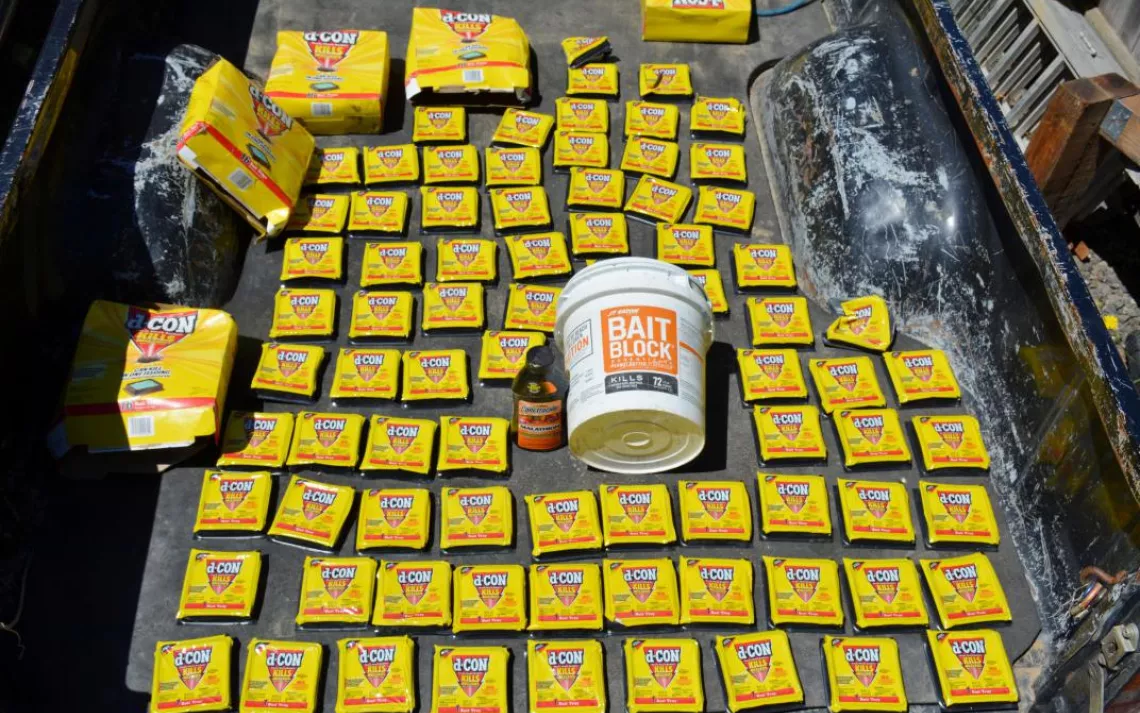
The amount of rat poison found at just one grow site | Photo courtesy of Dr. Mourad Gabriel
On a reclamation expedition in September, Mourad and his colleagues found the carcasses of 3 black bears and a gray fox near poison bait piles, and they collected over 33 pounds of toxins. Even after clean-up, the chemicals may continue to move through the food web. Rodenticides bioaccumulate in animals’ tissue, so that bobcat who seemingly lucked out on a slow-moving fisher meal was exposed as well.
But it’s the fishers who have become the flagship species of this ecosystem-wide threat. It was by investigating their low numbers that scientists uncovered the connection between poisoned wildlife and marijuana fields. And the fisher makes a good poster child for better funding of law enforcement and reclamation efforts. After all, who could say no to that face?
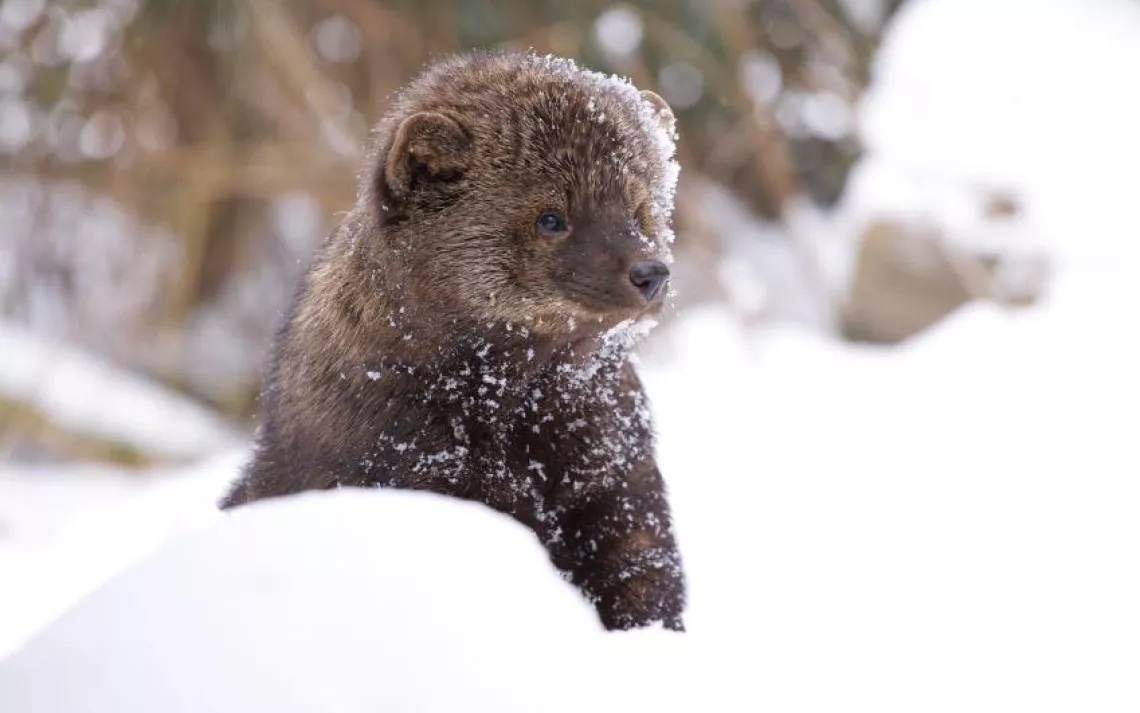
Photo by iStock/visceralimage
 The Magazine of The Sierra Club
The Magazine of The Sierra Club
